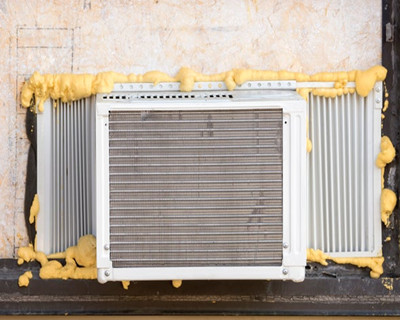This is Scientific American's 60-second Science, I'm Christopher Intagliata.
Air-conditioning and fans account for a full 10 percent of the world's electricity usage. Or put another way, "It's a lot of air you pump around."
Roland Dittmeyer, a chemical engineer at the Karlsruhe Institute of Technology in Germany. Another thing that takes a lot of pumping air around, he says? Carbon capture, "because the concentration of the CO2 in air is evidently quite low." Even though it's enough to cause climate change, it's only 400 parts per million.
So, he says, why not retrofit air conditioners with modules that capture carbon? Several companies already make materials that strip carbon dioxide from the air. You'd then need to convert that captured CO2 into hydrocarbons—that's an energy-intensive process. But Dittmeyer's vision is that we'd use clean, carbon-free renewable energy to power that step.

Do this on a large enough scale and you produce significant amounts of this synthetic, renewable oil. Dittmeyer and his colleagues calculated that if you outfitted the AC system of the Fair Tower, a large skyscraper in Frankfurt, with these carbon-capture devices, the building's units alone could produce an estimated 15,000 barrels of synthetic oil a year.
The full write-up, in the journal Nature Communications, is called "Crowd oil, not crude oil."
If the idea gets traction, it could transform the devices that cool our homes and offices into machines that help cool the planet—or at least stop warming it up while chilling us down.
Thanks for listening for Scientific American — 60-Second Science. I'm Christopher Intagliata.












